What is Diastasis Recti?
Thu 19th May 2022
Diastasis Recti is a physical complication that is common among pregnant and postpartum women. Diastasis recti occurs when the abdominal muscles (rectus abdominis) separate after excessive stretching has damaged the connective tissue that forms the midline of the stomach.
Diastasis Recti may also be referred to as:
- Rectus diastasis
- Rectus divarication
- Abdominal separation
- Split abdominal muscles
- Split tummy muscles
After the birth, the abdominal muscles may be permanently separated, become weaker and appear overstretched, leaving you with a sagging or bulging stomach and stretched skin that cannot retract. Along with the stretched-out skin, excessive fatty deposits between the muscles and organs, and weakened muscles, this separation can also contribute to incontinence, lower back pain, hernias, digestive issues and weak core strength. Diastasis Recti repair surgery is a common and routine component of most Tummy Tuck (Abdominoplasty) procedures.
What causes Diastasis Recti?
Rectus divarication is predominantly caused by pregnancy and childbirth, with research finding that approximately 60% of childbearing women experience this complication.
Diastasis recti during pregnancy happens when the uterus expands outwards, and the abdominal muscles stretch to accommodate the growing foetus. In some situations, the outstretched abdominal muscles may retract to their original place, but in most cases, they will not.
Although pregnancy is the leading cause of diastasis recti, anything that pushes the abdomen forward can overstretch the connective tissue, causing the abdominal muscles to separate.
What are the symptoms of diastasis recti?
Diastasis recti symptoms include a host of common physical complaints, and complications that you endure will depend on the severity of the separation.
Incontinence
The abdominal muscles work alongside the pelvic floor muscles, so women may experience pelvic floor dysfunction or urinary incontinence when suffering from diastasis recti. Many women use disposable pads to avoid leaking urine when laughing, coughing, sneezing or exercising after childbirth. However, strengthening the core may alleviate urinary incontinence and leaks.
Bulging
Rectus diastasis often results in a visible bulge in your abdomen. Women who suffer from separated abdominal muscles typically complain of an obvious protrusion close to their belly button.
Hernia
With diastasis recti the linea alba, the fibrous structure down the midline of the abdomen which maintains the position of the abdominal muscles, becomes weaker and fails to protect your abdominal cavity. In more severe cases, the linea alba may rupture, causing abdominal fat and intestines to push their way out and under the skin. This is called a hernia. Hernias often arise through the belly button (umbilicus) and may be confused with an “outie” belly button.
If a hernia is left untreated, adverse outcomes can arise. A blocked or strangulated hernia can lead to life-threatening conditions and will require urgent surgery. This is why it is essential to consult a surgeon if you suspect that your abdominal muscles have separated or think you might have a hernia.
In these cases, the rectus diastasis and hernia repair can be done simultaneously.
Lower back pain
When the abdominal muscles separate, support in the front and centre of the body is lost, weakening the physical structure of your core and posture. This creates a damaging compensation pattern, where other muscles are engaged, putting stress and strain on our back. Put simply, weakened muscles on the front of your core results in excessive arching and tension on your lower back.
Digestive problems
Severe diastasis recti will result in a reduced core strength. This can result in digestive problems due to the reduced abiltity to control and increase intraabdominal pressure when trying to open your bowels. This can also lead to gastrointestinal problems, such as constipation and abdominal pain. Also, if you have an associated hernia, a partial or complete blockage can cause an obstructed intestine. This will require urgent surgery.
Weakness
Diastasis recti is a functional core weakness. This compromises the core muscle’s ability to effectively function and support the body for physical demands without pain or dysfunction. You may feel weakness in your core when doing once easy tasks, like lifting.
Diastasis recti can be resolved with a Tummy Tuck (Abdominoplasty)
Diastasis recti repair is typically performed alongside Tummy Tuck (Abdominoplasty) surgery. A Tummy Tuck (Abdominoplasty) aims to remove excess skin and tighten the abdomen region and alleviating the associated symptoms.
Here’s what to expect during a diastasis recti surgery.
After being anaesthetised, your surgeon will make a horizontal incision along with the belly button (umbilicus) and the pubic bone. The skin and the underlying tissues will be elevated to look for the separated rectus abdominal muscle. The separated parallel bands of the muscle will be brought closer together and stitched back together with sutures. If you have a hernia, that would also be repaired. Then, excess fat tissue and skin are excised. The skin is pulled tight over the abdomen, ensuring there are no irregularities or unsightly bulges. In some situations, your belly button may be relocated or recreated. Dr Dona will then close the surgical site. A compression dressing will be applied to the incision to accelerate healing. This procedure typically takes three hours, depending on the complexity of the surgery.
Benefits of diastasis recti Tummy Tuck (Abdominoplasty) surgery
Diastasis recti repair surgery has both functional and cosmetic benefits, including:
- Improves posture
- Prevents and corrects hernias
- Reduces back pain and weakness
- Improve function and ability when exercising
- Can reduce incontinence, digestive issues and lower back pain
Possible complications of diastasis recti surgery
More information on general potential complications can be found on our site. LEARN MORE
Some of the risks associated with diastasis recti repair surgery:
- Allergic reaction to the medicines administered
- Superficial vein clots, which is a complication of the cannula or drip that’s placed in your vein
- Deep vein clots, which can potentially spread to the lung and be life threatening.
- Blood (hematoma) and fluid (seroma) collection in the wound
- Wound infection and excessive bleeding.
- Anaesthesia – general anaesthesia complications.
- Death. Whilst the chances of death during diastasis recti repair surgery is exceedingly rare, any of the previous issues can result in this devastating complication.
Tummy Tuck (Abdominoplasty) surgery recovery
The pain associated with the muscle repair procedure is typically at its worst during the first week, peaking on the second or third day, with swelling and bruising increasing throughout the week. In the beginning, activities that engage the core muscles, such as getting out of a seated position, bending down or deep breathing, can be particularly painful. You will also be prescribed pain medication to alleviate some of the discomfort associated with the procedure. You will also need to wear compressive abdominal garments during this period.
These symptoms take approximately two weeks to subside. During this period of recovery, you should rest and avoid intense physical activity. Light walking is recommended because it increases blood flow and wound healing. Avoiding light walking may cause constipation, pain and weakness, and puts you at a higher risk for infections, blood clots and lung problems such as pneumonia.
It takes approximately six weeks to recover from your surgery, after which you can usually resume your activities, exercise and work.
Does Medicare cover diastasis recti surgery?
To be eligible for a Medicare rebate, the procedure must be seen as a medical necessity by your surgeon and GP. You will need an ultrasound to assess the degree of diastasis recti to determine if you fit the criteria to be able to claim a rebate.
Does private health insurance cover diastasis recti surgery?
Private Health Insurance does not typically cover elective cosmetic surgery. However, if you can prove that the procedure is medically necessary, then you may be able to claim Tummy Tuck (Abdominoplasty) surgery on your Private Health Insurance. If you have Private Health Insurance with hospital cover, you may be eligible to have the hospital component covered. It is best that you clarify with your Private Health Insurance fund what will be covered before you book the surgery to avoid any unexpected fees.
If you notice anything unusual about your stomach muscles or experience any of the symptoms discussed above, contact Dr Eddy Dona, at our practice on 1300 373 662 or by using the contact form on our website here.
Dr Eddy Dona has been a specialist plastic surgeon since 2007, and is a member of the Australian Society of Plastic Surgeons. From your first clinic visit, and throughout your surgical journey, Dr Dona and his team will be there to make it as smooth as possible.
Get in touch with our clinic to request a consultation with Dr Eddy Dona

Dr Eddy Dona (FRACS) is a Specialist Plastic Surgeons in Sydney, and a member of the Australian Society of Plastic Surgeons (ASPS). Following his medical degree at the University of Sydney in 1996, Dr Dona then began a further 11 years of intensive training to become a Specialist Plastic & Reconstructive Surgeon.
Since starting private practice in 2007, Dr Dona has had patients from all over Australia seeking his expertise and specialist management. Dr Dona’s practice has grown and become heavily focused on breast and body reconstructive procedures, especially after massive weight loss including post-pregnancy.
Despite running a busy private practice, Dr Dona spent the first 15 years of his specialist practice dedicating part of his time to one of Sydney’s largest teaching public hospitals, including training future plastic surgeons. This was where Dr Dona was often required to reconstruct the bodies of those affected by trauma and cancer.




